How Filmmaking from a Marketing Perspective Helped me Create Better Videos and Happier Clients…
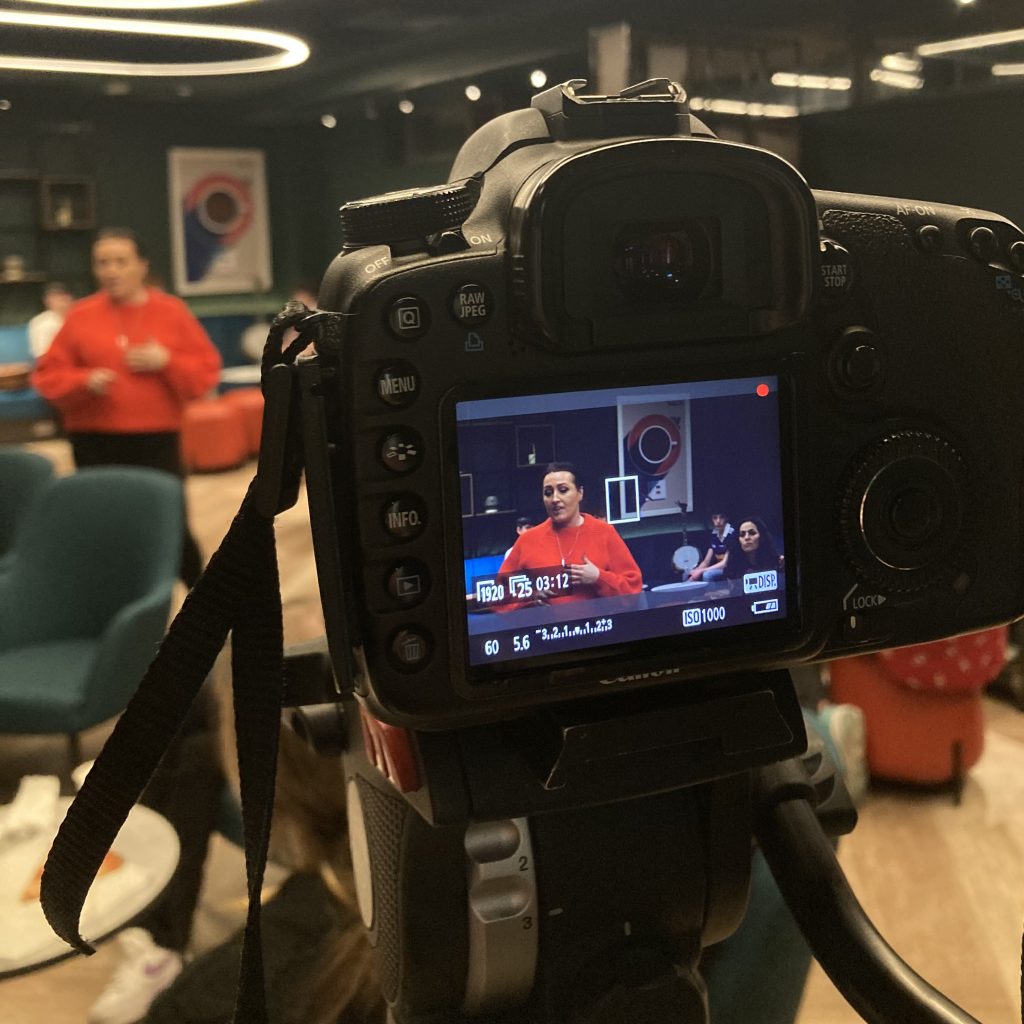
There is little value in spending hours planning, coordinating, shooting, editing, and publishing video content if it doesn’t reach the right audience, or any audience for that matter. My role as Video Content Creator for Queen’s University Belfast Language Department, was not to produce the next Oscar winning, cinematic masterpiece, but to create video content that marketed the language department on social media, on the department website, and at Language Hubs promotional events. Dave Chaffey asserts that ‘businesses can no longer ignore digital channels and many retailers are finding ways to increase their reach and number of customer touchpoints’. The videos I produce are used to grow interest around the department and entice prospective students to study a language at Queen’s University. In the beginning the reception towards these videos was poor so I turned to the Gibbs Framework of Reflection for assistance (See Figure 2). Six stages make up the structure of the framework that ‘guide you through a series of cue questions’ and ultimately helped tailor my content to my target audience’s needs (Jasper: 2013, 80).

My first project involved editing past interview footage of language students into short reels that focused on key moments in their anecdotes and illustrated the Queen’s University student experience. There were multiple Language Hubs Events with various schools in Northern Ireland, that allowed for a reflection period between talks, where I would revise the content and made amendments before future talks. At one talk, the pupils were disinterested in the content of a five-minute video and became restless while watching it. During this reflective period, I turned to the Gibbs Reflective Framework to help me transform the way I created video content. My primary aim was the capture the attention of viewers, make them excited about the prospect of studying a language at Queen’s, and cause them to act on the information they received in the video. The first three stages of the framework are a reflection on what happened, how you felt, and an evaluation of the problem. The fourth stage is an analysis of the problem. Jasper explains that this means ‘to break things down into their component parts so that they can be explored separately’ (2013: 81). I broke my content down into its core parts so that I could investigate each part individually. From here I discovered changes I could make to the length and format of the videos.
The target audience of my videos were generally young students. For example, many of the videos I created were exhibited at Language Hubs events that aimed to recruit school-age pupils for language courses at Queen’s. Given that ‘consumers have an increasingly wide variety of options available to entertain themselves’ with online, they have undergone a desensitization to content, and have ‘increasingly short attention spans’ (Liu: 2018, 86). For this reason, I decided that my videos must be short, straight to the point, and engaging so that the pupils wouldn’t become restless at the Language Hub talks. With only the necessary points of information in the videos, the students became excited at the prospect of studying a language at Queen’s University Belfast.

Next, I converted my videos from a horizontal, 16:9 format, to a 9:16, vertical format. This change had social media publication in mind as many social media apps have ‘vertical friendly interfaces and encourage their viewers to adopt the vertical format’, according to Laura Mulier (2021: 2). Mulier notes that ‘vertical screen format is replacing the traditional, or horizontal format’ (2021: 1). This can be attributed to the fact that ‘more than 75% of all video viewing is now mobile’ and ‘smartphones are designed to be held vertically’ (2021: 1). Vertical formatting also benefited the Language Hub content. When interview videos are in vertical format, the viewer’s attention is concentrated on the subject (See Figure 5), rather than a distracting background (See Figure 6). During the Language Hubs talks, the subject held the pupils’ attention and I found that they were consequently more interested in the content.
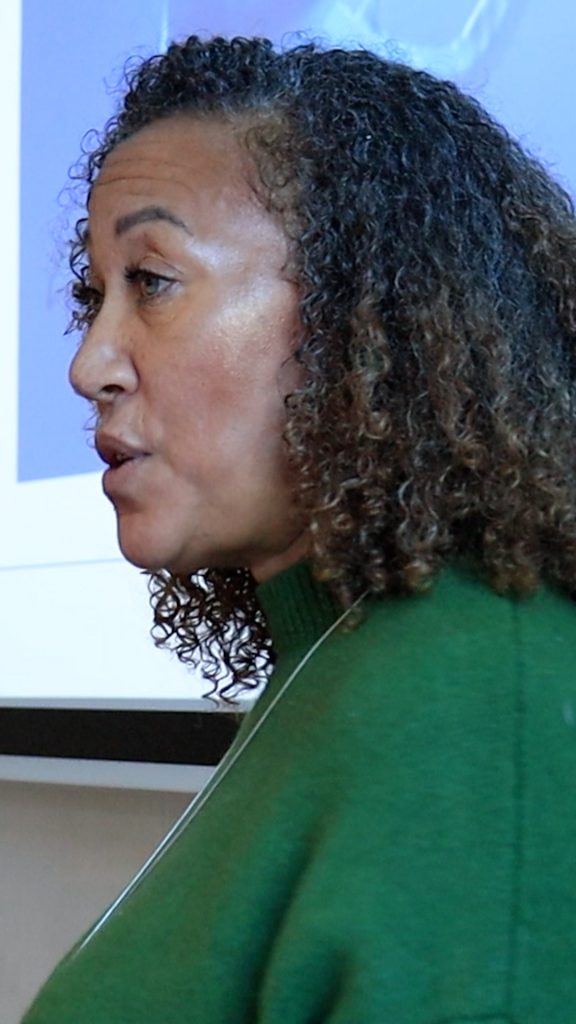
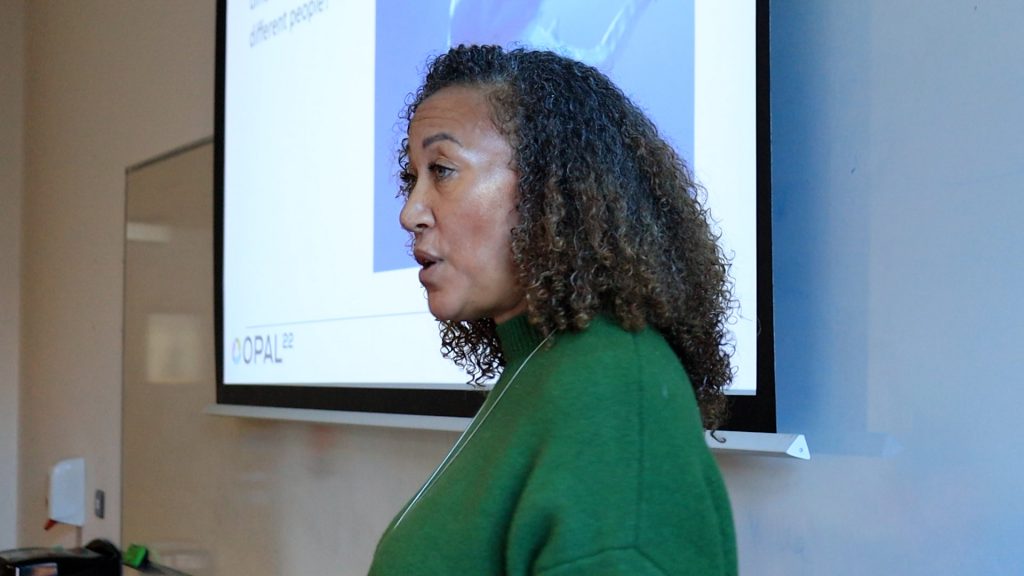
I carried this knowledge into the second term of content creation. From December to February, my work focused more on videography for various events. The Language Department used this content to market themselves on their website and social media. First there was the ‘Scéim Cónaithe’ event in the Elms halls at Queen’s (See Figure 4), the Christmas Céile (See Figure 7) for the Irish Department, the textiles exhibition in the McClay Library, and finally, the workshop and talk with Tara Munroe and Opal22 at Queen’s and the Ulster Museum, about her work with Casta Paintings. This time, I was curating the footage myself without a team but Kathleen McMillan’s breakdown of Meredith Belbin’s work about team member helped me ensure I was looking at each project from every angle (See Figure 9). I particularly tried to work between being like Team Member C, ‘The Innovator’ and D, ‘The Monitor-Evaluator’ which created a balance between creativity and reflection (McMillan: 2013, 106). I focused on achieving shots that would engage the viewer whilst maintaining the professionalism and corporate tone that was necessary for Queen’s University content. I continued shooting in the regular 16:9 aspect ratio as it was the most flexible. If I later needed vertical content, I could zoom in on the 16:9 footage in a vertical frame. I experimented with aperture, shutter speed and ISO settings on my camera to achieve footage that was bright, warm, and colourful so that it would be favoured on the social media algorithm, resulting in a wider reach and engagement online. Consequently, potential students would be exposed to the work Queen’s was doing to endorse studying a language.
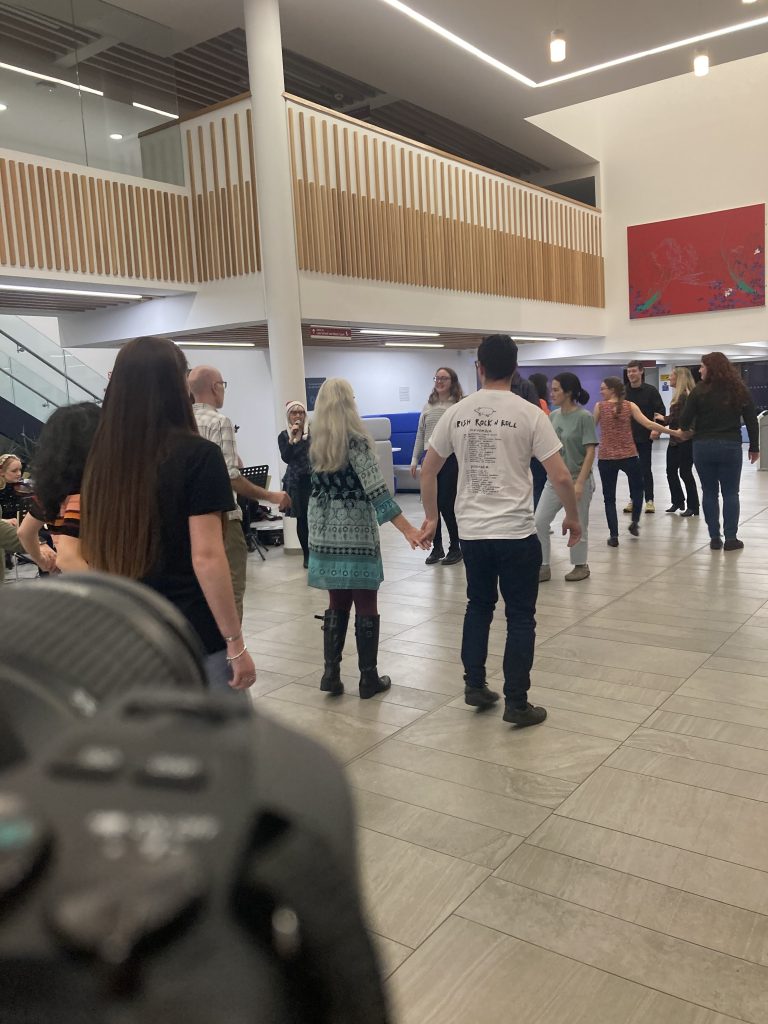
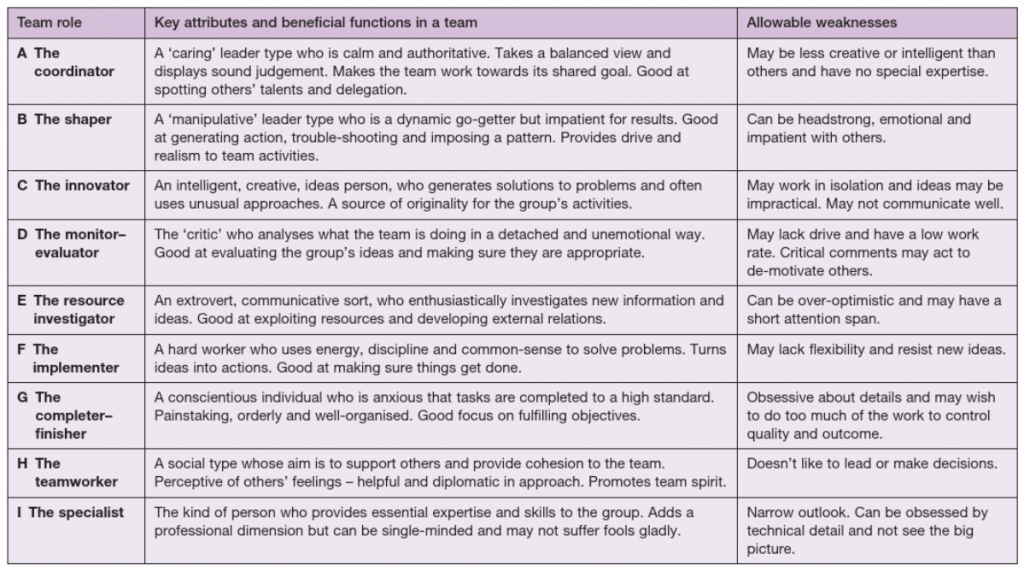
Over the next few months, I analysed the social media content and modified it based on what had the best reception online. Many of the videos required subtitles because they were in a different language, but I noticed these videos performed better online. Elisa Perego tested the hypothesis that ‘subtitled films’ are ‘cognitively effective’ and that they lead ‘to a good understanding of film content without requiring a significant trade-off between image processing and text processing’ (2010, 243). The findings aligned with her hypothesis, so I applied this to my research in social media video content. I concluded that subtitles or descriptive titles are favoured as it creates a smooth, easy, and accessible viewing experience. I started using subtitles on all my videos, and it particularly helped students understand the videos better at the talks. Michael Tasner recommends using ‘keywords’ in the ‘title, tags, keyword tags, and description’ of social media content as algorithms prefer this. I applied this theory again to the ‘3-words’ series, where past and current students described their experience at Queen’s in three words. I created corresponding titles to pop up on screen as they said their three words. These buzz words on screen emphasised the positive experiences students had while studying a language at Queen’s. I used Adobe Photoshop to design eye-catching titles, whilst adhering to the Queen’s Colour Code and Font scheme. Owing to the use of titles and graphic design, I observed an improvement in performance of these videos on the Instagram algorithm. Tasner claims that ‘Google loves video’ so even using the video content on the language department website will help the site rank higher in this search engine. Overall, this results again, in a wider group of prospective students who would see the content.
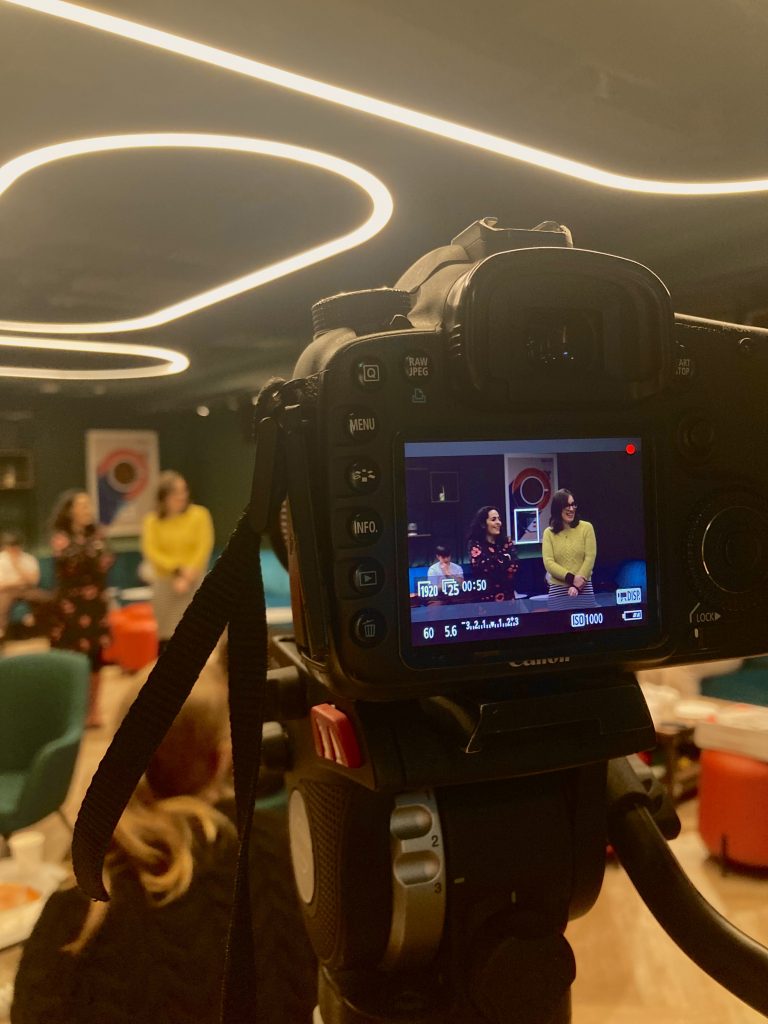
Time was of the essence when creating the event-based content designed to market the language department. With the Christmas Céile and Tara Munroe events, for instance, there was a quick turnover between filming, editing, and distributing the content. The Christmas Céile was a seasonal event, thus only relevant at Christmas. The department needed the content produced days after the event so they could market the videos and the event while it was relevant. This was the case with Tara Munroe’s visit also. There was a workshop held on Tuesday, and a talk on Wednesday. Content from the workshop was needed that evening so that it could be used to advertise and promote the talk the next day at the Ulster Museum. While filming at the workshop, I ensured that I took photographs on top of the video content, as a backup if there wasn’t sufficient time to create video content. The photographs could be uploaded immediately as promotional material (See Figure 11). I continued this practice with future events, so I always had content available for my clients to give me more time to edit video content.
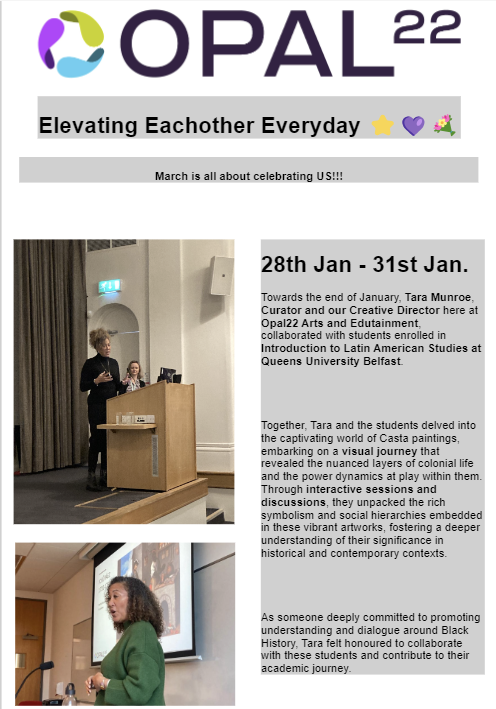
My biggest challenge throughout while working with the Language Department was creating video content that suited the online algorithm, generated a substantial reach, engaged viewers, and prompted them to make actionable steps that benefit the company, such as sharing the video to potential students. To be successful, my overall strategy was to make the videos accessible and easy to watch. Within this strategy, I took various steps to attain this goal. The most effective was switching from a horizontal format to a vertical format, cutting down the videos into the most important information and into bullet point style, and limiting the videos to 30 seconds or a minute long. As a result, there was more drive towards the Language Department social medias and website and hopefully in the long run the popularity of language courses at Queen’s University Belfast increases.
Bibliography
Chaffey, D, Ellis-Chadwick, F. (2019). Digital Marketing, Pearson Education LTD: Harlow.
Jasper, M (2013), Beginning Reflective Practice, Melbourne & London: Cengage Learning.
Liu, X. et al. (2018), ‘Video Content Marketing: The Making of Clips’, Journal of Marketing, Vol. 82, No. 4, pp. 86-101.
McMillan, K. and Weyers, J. (2013), How to improve your critical thinking & reflective skills, Harlow: Pearson.
Mulier, L. et al. (2021), ‘This Way Up: The Effectiveness of Mobile Vertical Video Marketing’, Journal of Interactive Marketing, Vol. 55, No. 1, pp. 1-15.
Perego, E., et al. (2010), ‘The cognitive effectiveness of subtitle processing’, Media Psychology, Vol. 13, No. 3, pp. 243-272.
Tasner, M. & Tasner, M. (2011), Video Marketing: Taking Video to the Next Level, Upper Saddle River, N.J.: FT Press Delivers.

